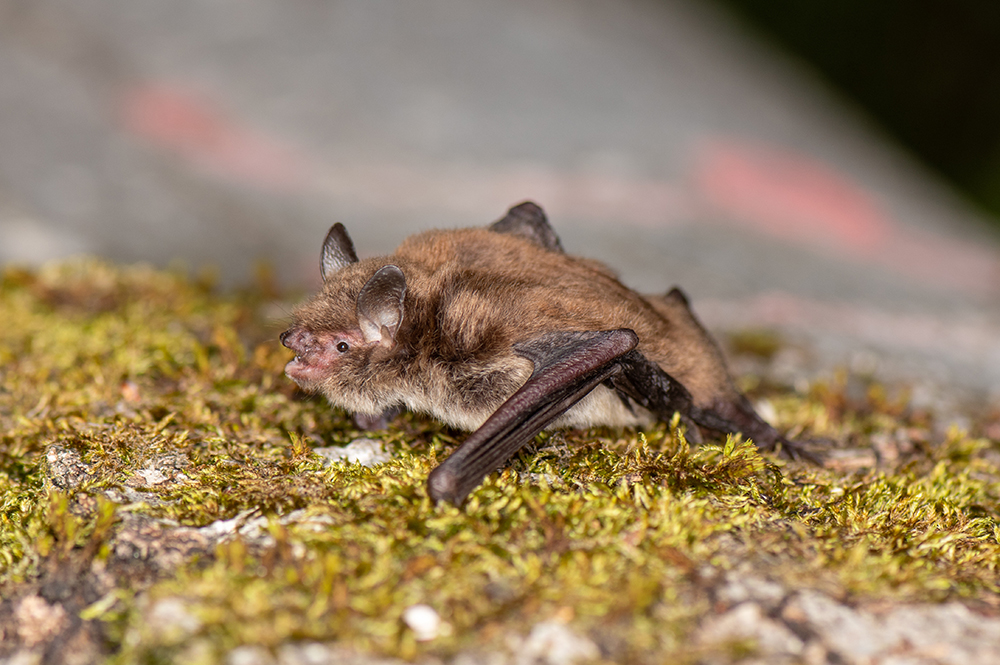Bats & Birds
Cannizaro Park is home to two species of bats, two types of Pipistrelles and the Daubenton’s bat.
The place a bat lives in is called its roost and bats need different roosting conditions at different times of the year. Some bats prefer hollow trees, some like caves, and many shelter in buildings behind hanging tiles.
Bats feed on insects and can eat up to 3,000 in one night. They use ‘echolocation’ to navigate and hunt insects in the dark. This involves the use of sound waves and echoes to determine where objects are in space. Bats send out sound waves from the mouth or nose, and when the sound waves hit an object they produce echoes, which bounce off the object and return to the bats’ ears.
Bats appear at dusk and fly for the first part of the night while the insects are out. They return to roost at dawn and spend the day resting in small groups or individually.
Birds
On this page, we detail most of the birds and bats we have been able to identify in the park and find here regularly. Some of our smaller birds, such as sparrows, are not included, as they are found so commonly. Other birds that are not profiled but have been seen in and around buildings and in the general area of the park include Warblers, Dunnocks, Goldfinches, and Goldcrests. These birds may typically live in dense areas of vegetation and are often shy. We have included one gull, the commonest, but the Black Headed, Great Black Backed, and Lesser Black Backed, along with the Common Gull (a small version of the Herring Gull), have also been noted in the area and will join to form larger mixed flocks. The other occasional visitors are seen on the Pond with Peking Ducks and Egyptian and Canadian geese. For more information on these and all birds, try the RSPB website. It’s free and full of useful information with interest at all levels.
This familiar garden songbird’s numbers are declining at a serious rate, especially on farmland. It is smaller and browner than a mistle thrush with smaller spotting on its breast. Its habit of repeating songs distinguish it from singing blackbirds. It likes to eat snails which it breaks into by smashing them against a stone with a flick of the head.
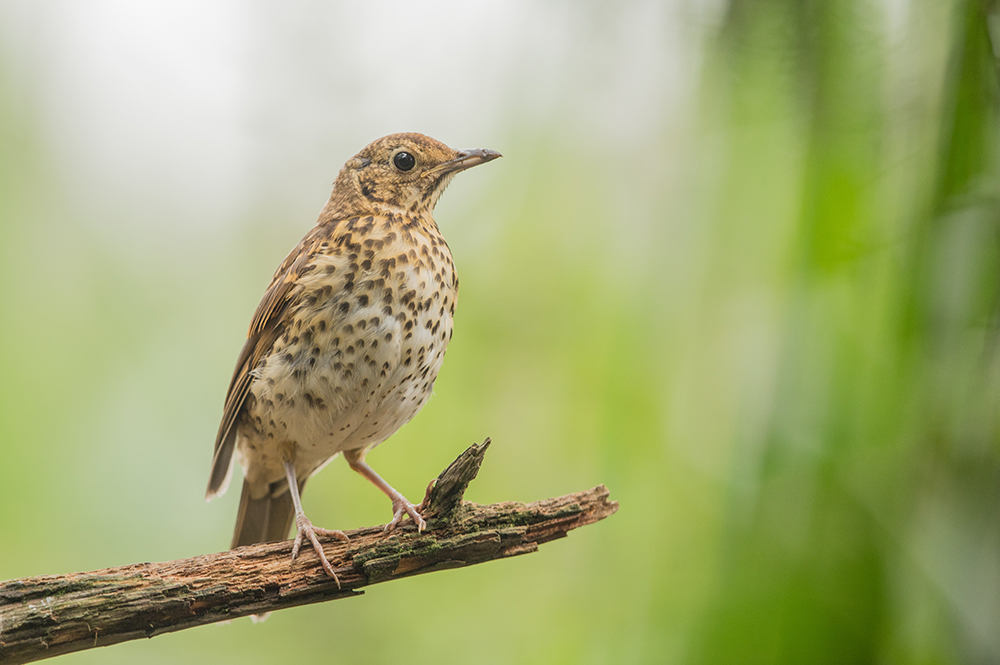
This is a pale, black-spotted thrush – large, aggressive and powerful. It stands boldly upright and bounds across the ground. While in flight, it has long wings and its tail has whitish edges. It is most likely to be noticed perched high at the top of a tree, singing its fluty song or giving its rattling call in flight.

Jays are the most colourful members of the crow family, but are quite shy woodland birds, rarely moving far from cover. The screaming call usually lets you know a jay is about so watch for a bird flying between the trees with its distinctive flash of white on the rump. Jays are famous for their acorn feeding habits and in the autumn they bury acorns for retrieving later in the winter.
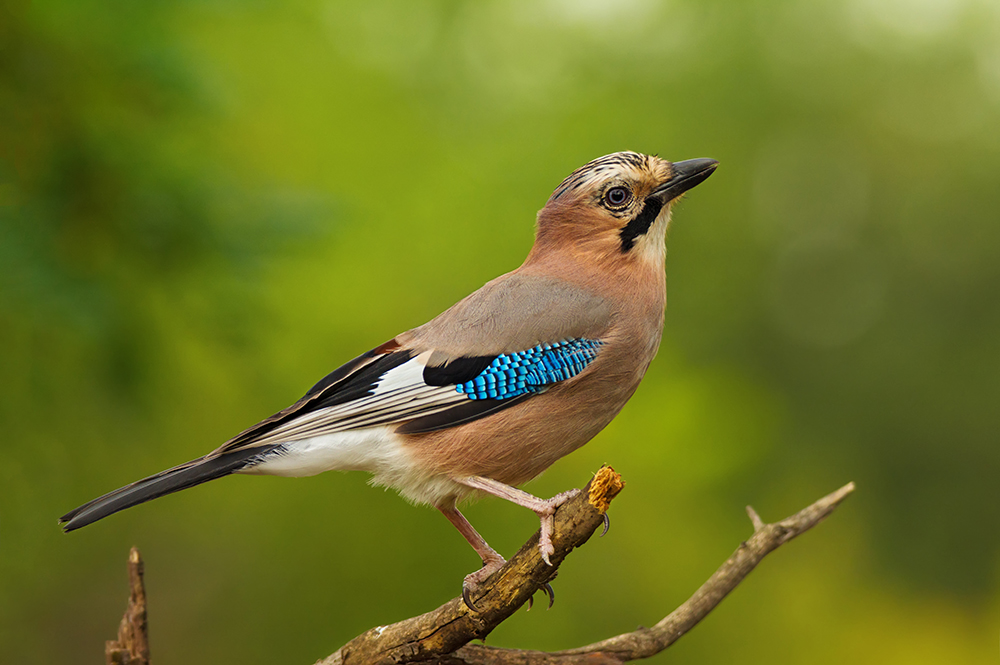
The bigger of the two spotted woodpeckers found in Britain and as big as any of the six or so species found in other parts of Europe. This is a tree woodpecker and drums for territorial advertisement but also has a variety of loud – and piecing – cries. All the birds have a bright scarlet patch on the undertail and pied plumage.
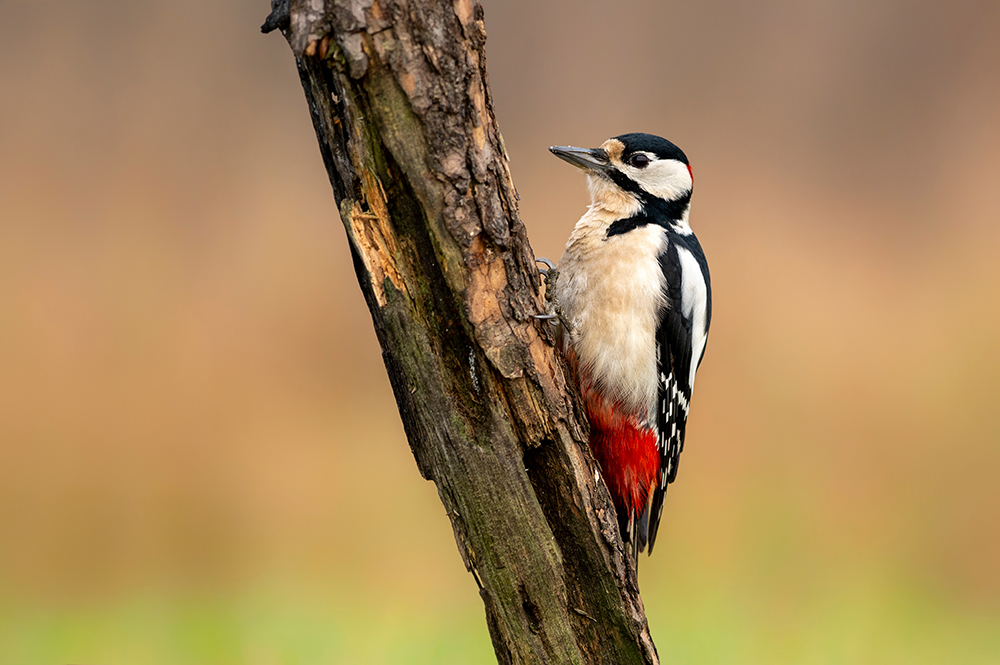
The lesser spotted woodpecker is the smallest, about half the size of the Greater Spotted, and least common of the three woodpeckers that are resident in Britain. The male is distinguished from the female by his bright red crown. It tends to nest and feed higher up and is quieter in its tapping. When feeding it creeps along branches and flutters from branch to branch, flying with an undulating flight in the open.
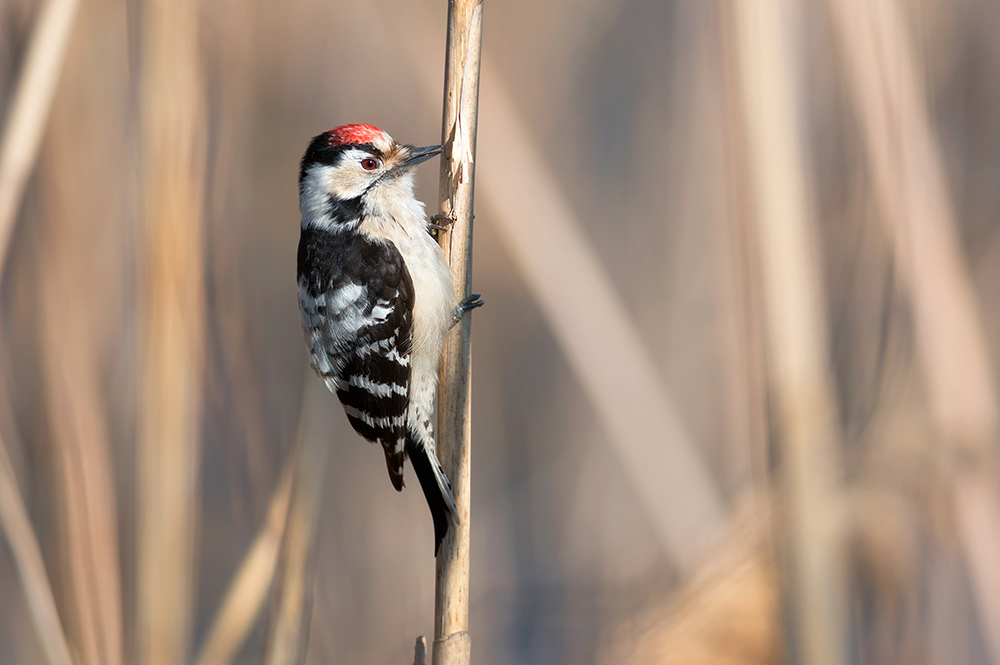
The green woodpecker or yaffle, named after its call, is the largest of the three woodpeckers that breed in Britain. It has a heavy-looking body, short tail and a strong, long bill. It is greeny-grey on its upper parts with a bright green rump and red on the top of its head. They have an undulating flight and are often seen on the fairways probing for insects with their short stubby bill.
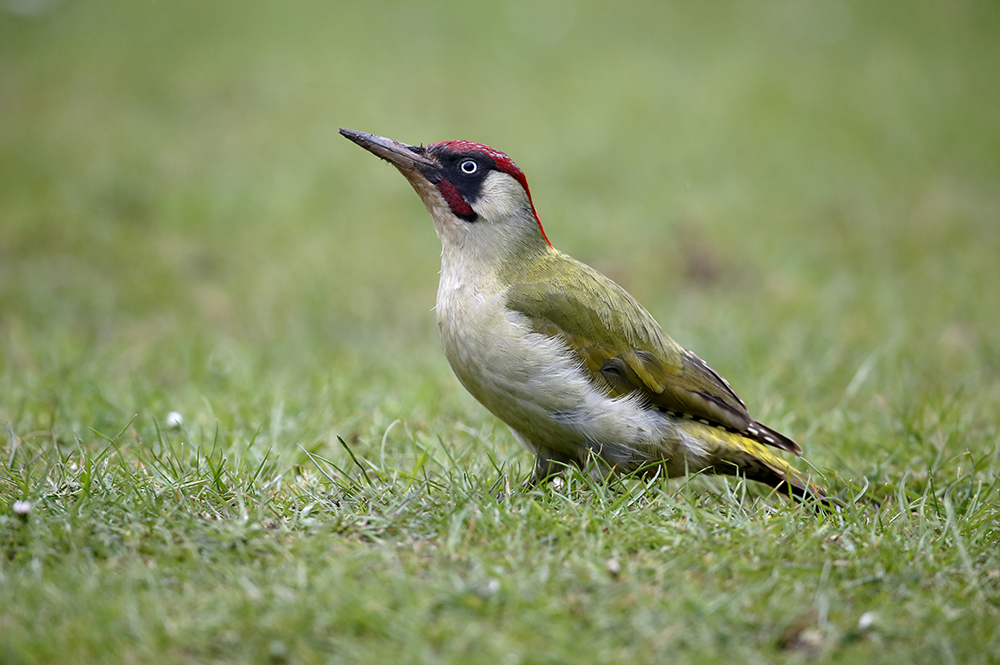
The all-black carrion crow is one of the cleverest, most adaptable of our birds. It is often quite fearless, although it can be wary of man. They are fairly solitary, usually found alone or in pairs. Carrion crows will come to gardens for food and although often cautious initially, they soon learn when it is safe, and will return repeatedly to take advantage of whatever is on offer. They patrol the park looking for a range of food from worms, fruit and, as the name implies, carrion.

This small black crow has a grey neck and pale eyes. It is sociable and usually seen in pairs or larger groups. It is an acrobatic flier and flocks will often chase and tumble together in flight. On the ground it both walks and hops. Large flocks congregate on the common over winter and often feed in the park.

Magpies seem to be jacks of all trades – scavengers, predators and pest-destroyers. Their challenging, almost arrogant attitude has won them few friends. With its noisy chattering, black-and-white plumage and long tail, there is nothing else quite like the magpie in the park. Their plumage seems black but shines with an iridescent quality.
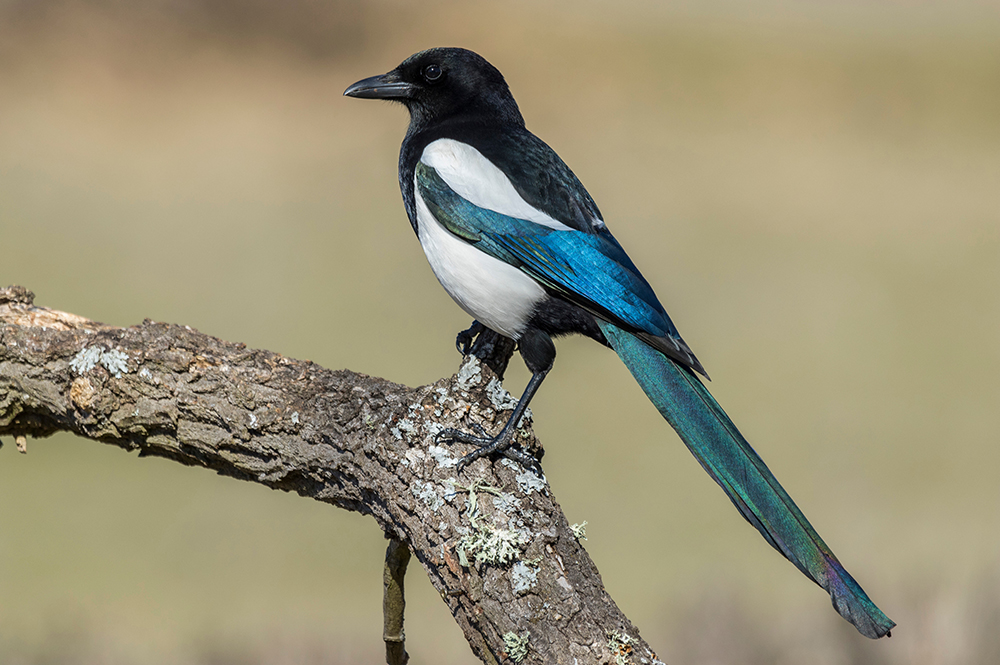
The tawny owl is about the size of a pigeon. It has a rounded body and head, with a ring of dark feathers around its face surrounding the dark eyes. It is mainly reddish brown above and paler underneath. The owls feed on small rodents and large insects as well as frogs and lizards. These birds take up residence as established pairs, probably never leaving their territories. Young birds disperse from breeding grounds in autumn.
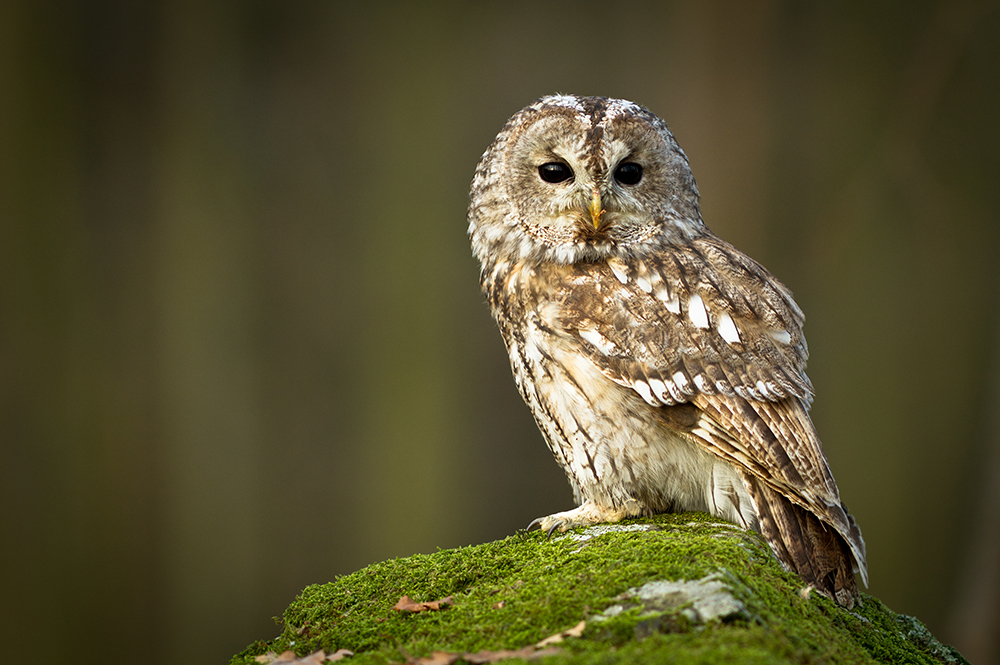
Adult male Sparrow Hawks have a slate grey back and white under-parts, closely barred with orange. Females are larger, with brown upper parts, a white stripe over the eye and dark barring underneath. They eat a variety of birds, generally catching them on the wing. The sparrow hawk’s broad, rounded wings and long tail are adapted for flying between trunks and branches enabling them to weave in and out of trees at high speed. They never hover over their prey, unlike kestrels.
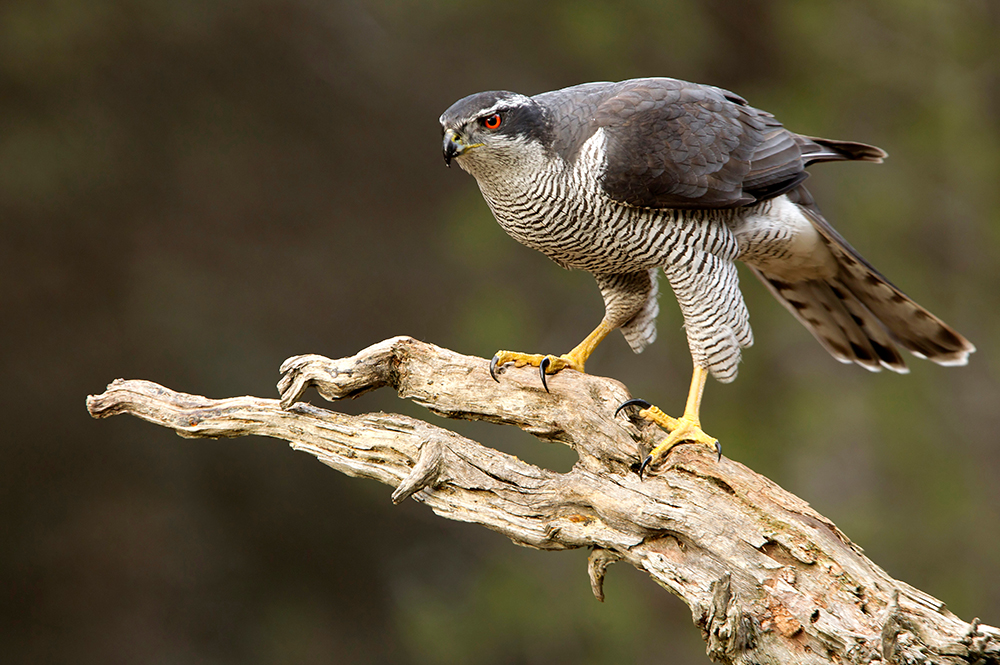
A familiar sight with its pointed wings and long tail, the Kestrel hovers over the rough areas and verges of the park. Kestrels have been recently declining as a result of habitat degradation but here they are nesting in our large oaks and are doing well. They have adapted readily to a man-made environments and can survive right in the centre of cities. They eat small mammals, hovering over them and then stooping and pinning the prey to the ground.
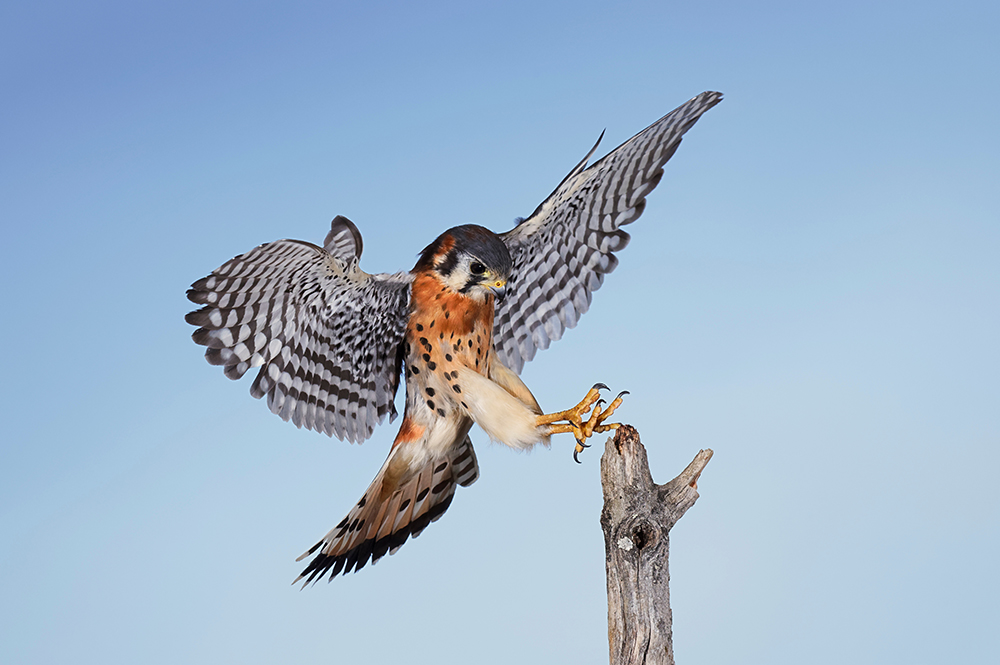
The male Blackbird lives up to its name but, confusingly, females are brown often with spots and streaks on their breasts. The bright orange-yellow beak and eye-ring make adult male blackbirds one of the most striking garden birds. You can spot them easily in the park, very often near houses where they are popular garden visitors. They eat a range of food including insects, worms and berries.

The orange breast makes the Robin easy to spot, although the female is duller than her male counterpart with a less red breast, designed to camouflage her as she incubates the eggs and needs to blend in. The male rears the young. They are very territorial and will often be seen scrapping, although this is confined to the males. Robins are found everywhere in the park and eat a wide variety of food.

This very common bird nests in a variety of places usually in a hole or crevice. They eat a wide range of food but in spring their main source is the oak leaf roller moth caterpillars which infest the oaks, eating the young leaves. This small bird eats, along with its young, thousands of the caterpillars each year.

Another of our common birds, the Great Tit is seen all round the park. It nests in a variety of places usually in a hole or crevice. In spring their main source is the oak leaf roller moth caterpillars which infest the oaks eating the young leaves. This small bird eats, and feeds its young, thousands of the caterpillars each year. Very common on your bird feeder.
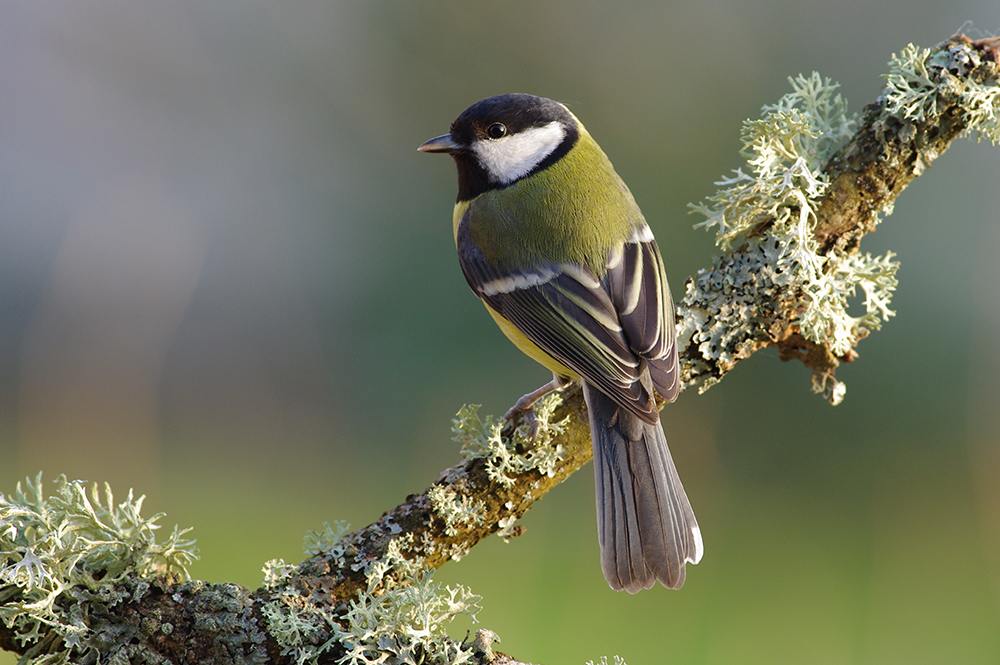
Not as colourful as some of its relatives, the coal tit has a distinctive grey back, black cap, and white patch at the back of its neck. Its smaller, more slender bill than blue or great tits means it can feed more successfully in conifers. A regular visitor to most peanut feeders, they will take and store food for eating later. In winter they join with other tits to form flocks which roam throughout the park in the woodlands and local gardens in search of food.
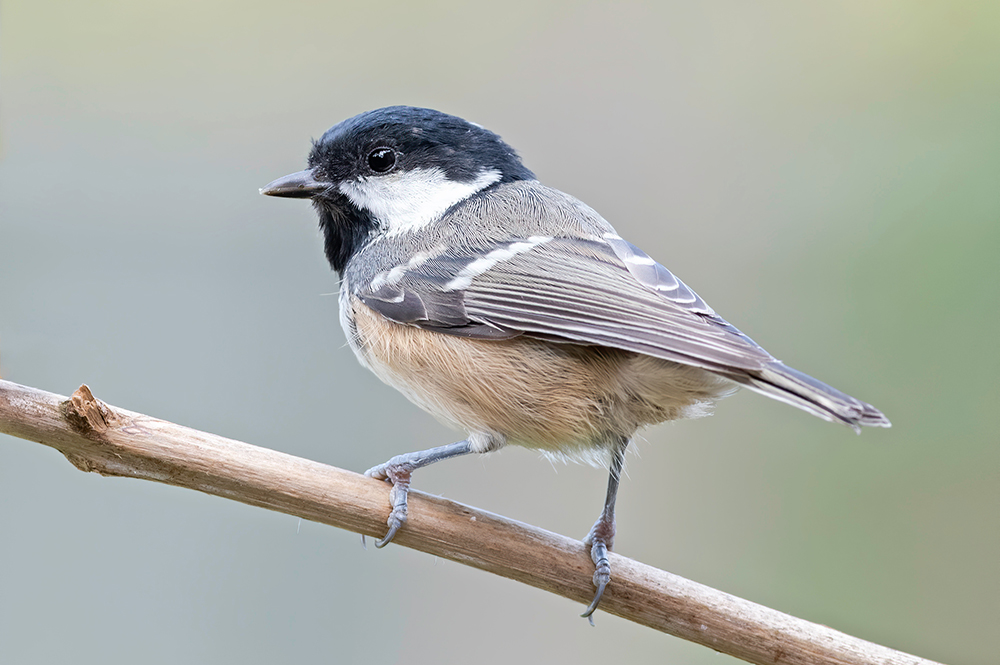
The long-tailed tit is easily recognisable with its distinctive colouring, a tail that is bigger than its body, and undulating flight. Gregarious and noisy residents, long-tailed tits are most usually noticed in small, excitable flocks of about 20 birds. Like most tits, they rove the woods and hedgerows across the park often flocking on to one tree or bush hunting for insects.

This delightful small, long-tailed and rather sprightly black and white bird is often seen on the fairways hunting insects. When not standing and frantically wagging its tail up and down it can be seen dashing about all over the park in search of food.

The UK’s largest and commonest pigeon, it is largely grey with a white neck patch and white wing patches, clearly visible in flight. Its cooing call is a familiar sound in woodlands as is the loud clatter of its wings when it flies away. It is often seen in large numbers on the fairways and woodland edges where it eats shoots, seeds, nuts and berries.
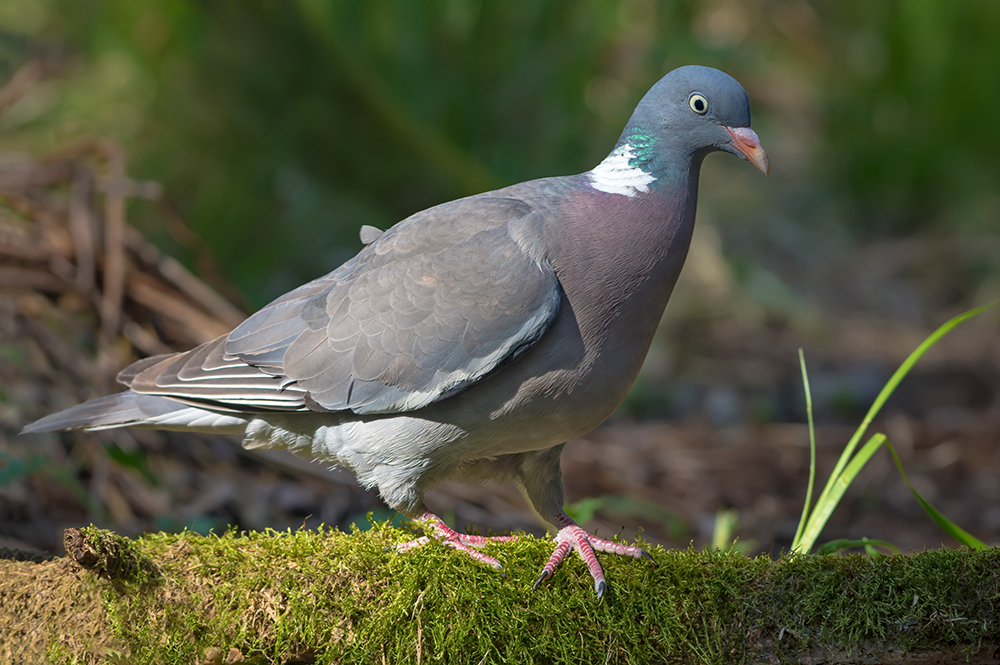
The Ring-necked Parakeet has pale green plumage and a bright rosehip red bill. There is a small black ring around the neck. These Parakeets have a long tail, obvious in flight, and a loud squawking call that is bound to attract attention. They were introduced by man from Africa in the 1970’s and have been breeding here ever since. They nest in holes and are quite aggressive towards other birds particularly in winter when food is scarce.
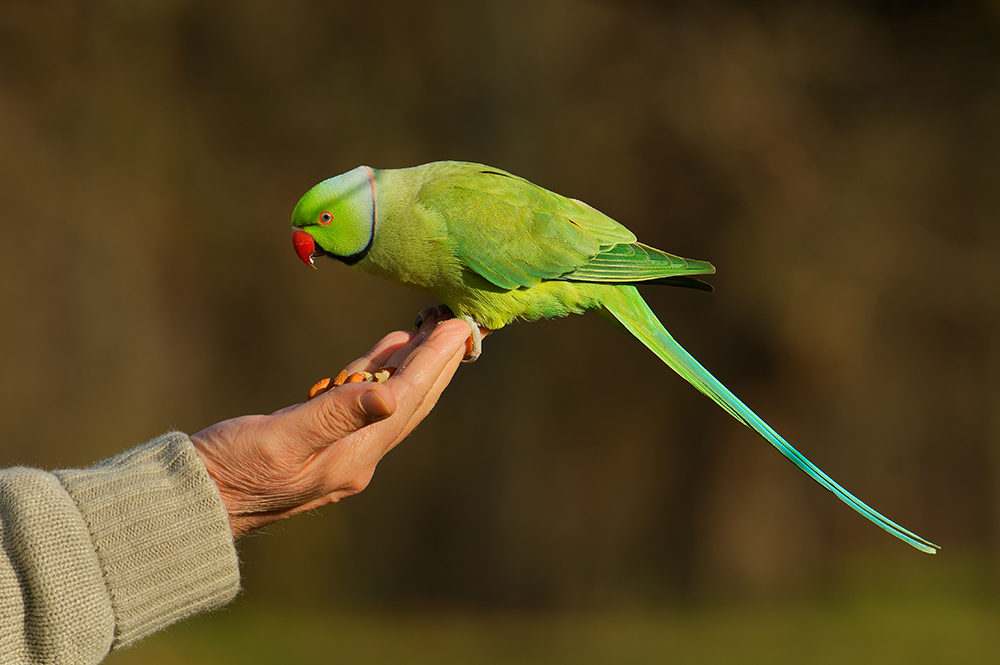
The nuthatch is a plump bird about the size of a great tit that resembles a small woodpecker. It is blue-grey above and whitish below, with chestnut on its sides and under its tail. It has a black stripe on its head, a long black pointed bill, and short legs. As the name implies, it feeds mainly on nuts and seeds with the occasional insect. Often seen on the trees of the park running up and down the trunks.

The treecreeper is small, very active, bird that lives in trees where it hunts its insect food. It is often seen climbing up the trunks of trees probing with its long, slender, downcurved bill for food. It is speckly brown above and mainly white below. They have a very stable population generally staying close to where they were born. Often mixing with other small birds in winter.

The wren is a tiny brown bird, smaller than the Robin or Blue Tit. It is dumpy, almost rounded, with a fine bill, quite long legs and toes, very short round wings and a short, narrow tail which is sometimes cocked up vertically. For such a small bird it has a remarkably loud voice. It is the commonest UK breeding bird, although it suffers declines during prolonged, severely cold winters. It feeds on a range of food including insects and seeds.
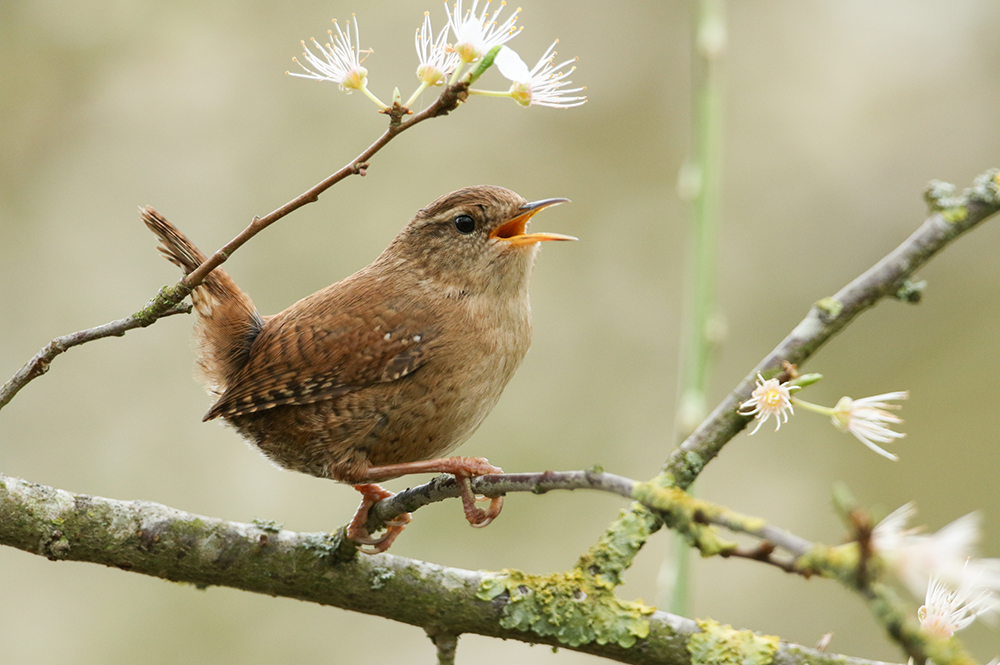
The chaffinch is the UK’s second commonest breeding bird. Its patterned plumage helps it to blend in when feeding on the ground and it becomes most obvious when it flies, revealing a flash of white on the wings and white outer tail feathers. It does not feed openly it prefers to hop about under the bird table or under the hedge feeding on insects and seeds. You’ll usually hear chaffinches before you see them, with their loud song and varied calls.

A common countryside bird found in woods and hedges, but mostly found close to man. It feeds on seeds and insects. It is easily recognised by its colour. The male is far brighter in colour especially during the spring breeding season.
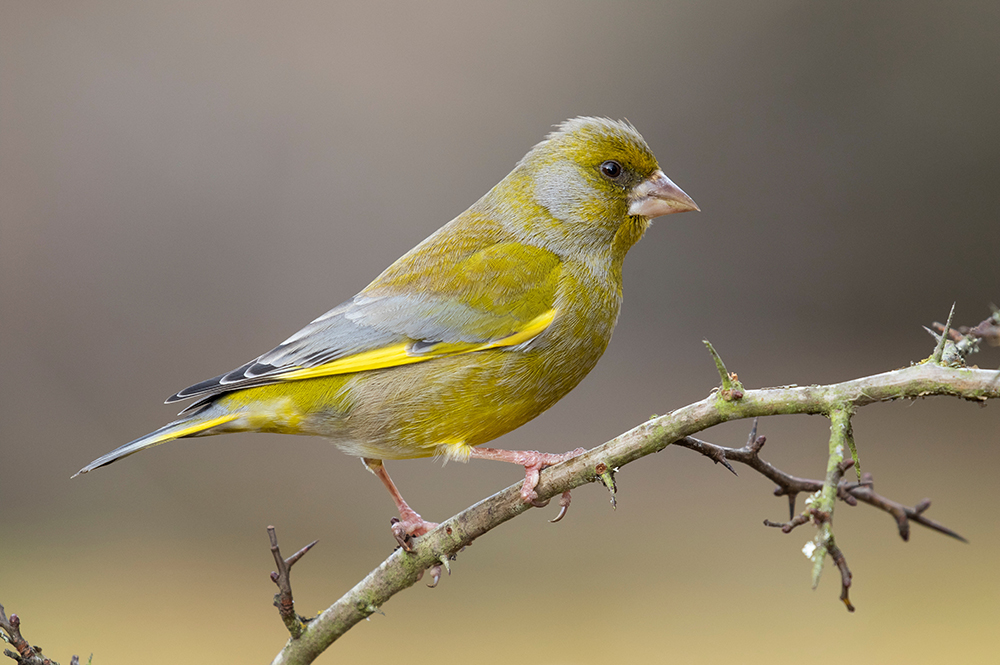
The male is unmistakable with his bright pinkish-red breast and cheeks, grey back, black cap and tail, and bright white rump. The flash of the rump in flight and the sad call note are usually the first signs of bullfinches being present. They feed voraciously of the buds of various trees in spring and were once a pest of fruit crops. Rarely seen these days but occasionally on the edges of the park where flowering hedges have grown up.

The swift is a superb flier. It evens sleeps on the wing! It is plain sooty brown, but in flight against the sky it appears black. It has long, scythe-like wings and a short, forked tail. It is a summer visitor, breeding across the south of England and over-winters in Africa. It makes a short screech when flying and is often heard before being seen. Common over the Park in the early evening.
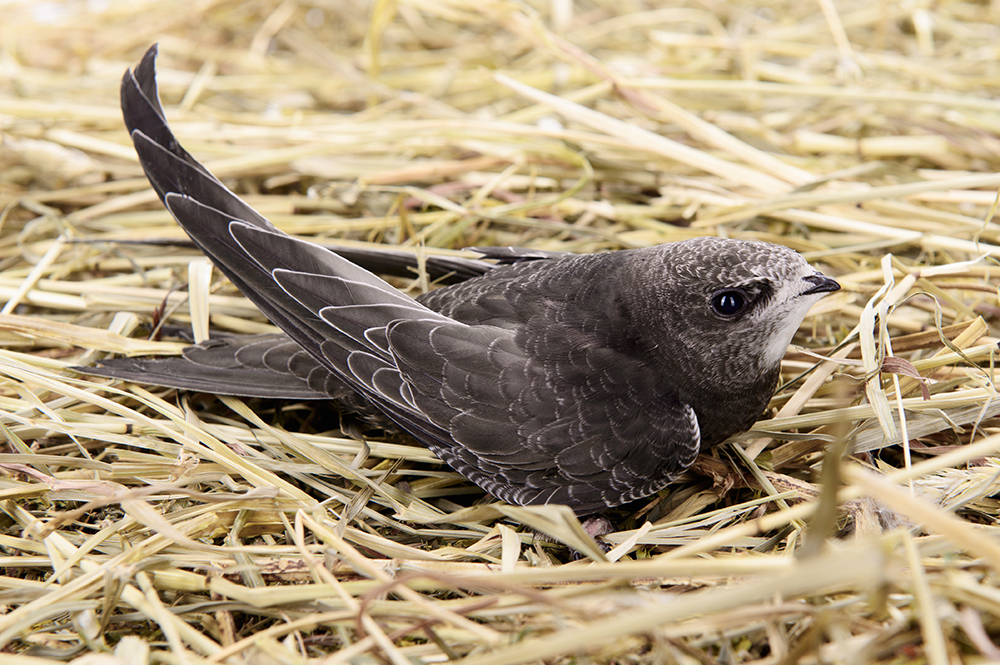
Swallows are small birds with dark glossy blue backs, red throats, pale under parts and long distinctive tail streamers. They are extremely agile in flight and spend most of their time on the wing. They breed in Wimbledon but spend their winters on the West coast of Africa.
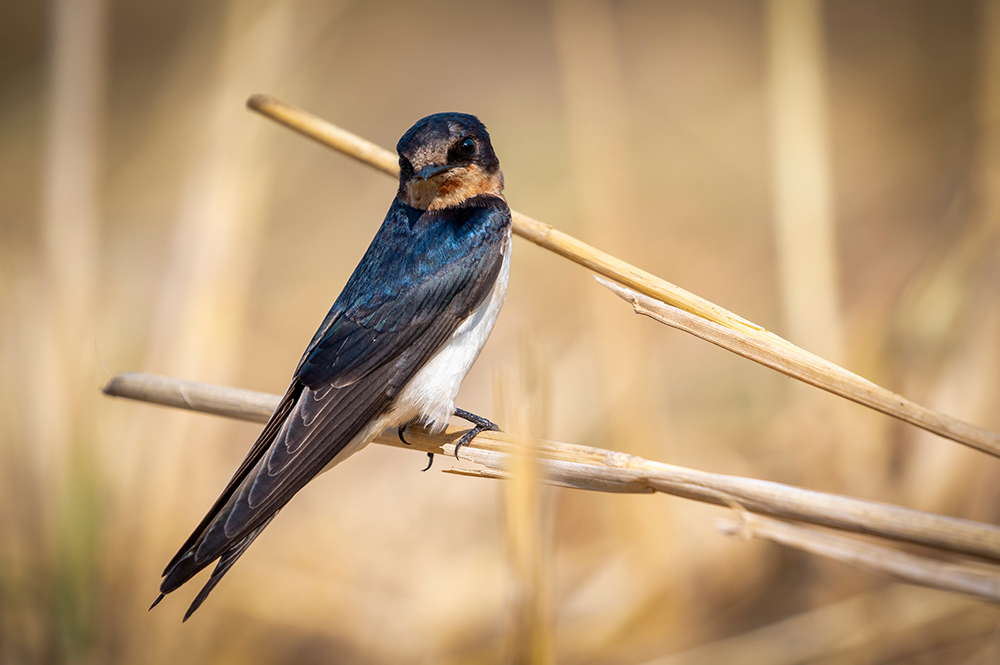
The iconic call of this bird heralds spring; it is often heard and not seen as it does not want to be seen when laying eggs in other birds’ nests. The cuckoo is about the size of a pigeon or dove with blue grey upper parts, head and chest with dark barred white under parts. With their colouring and shape they can be confused with kestrels or sparrowhawks. They are summer visitors coming from Africa and are now getting rarer.
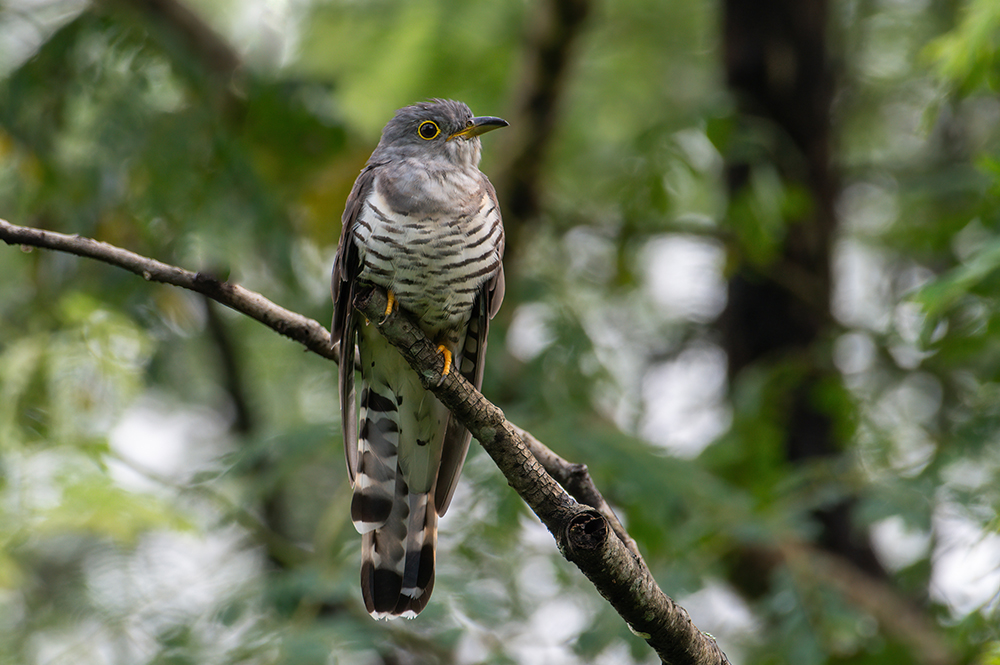
The redwing is most commonly encountered as a winter bird and is the UK’s smallest true thrush. Its creamy strip above the eye and orange-red flank patches make it distinctive. They roam across the UK’s countryside, feeding in fields and hedgerows, rarely visiting gardens. There are generally. Found on the edges of the fairways and often with other birds such as field fares and thrushes.
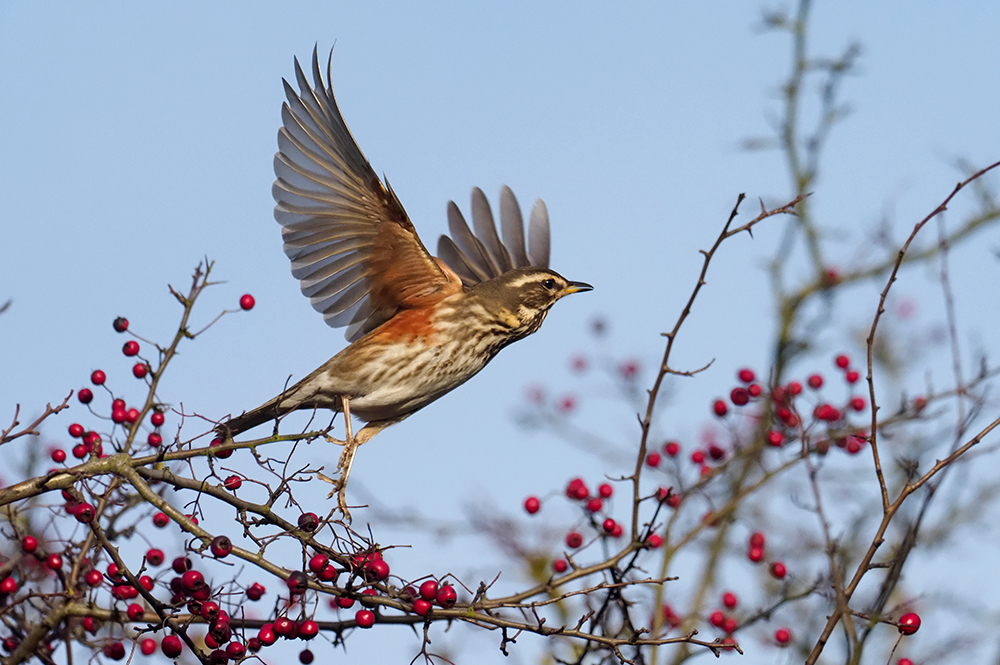
Herring gulls are large, noisy gulls found throughout the year around our coasts and inland around rubbish tips, fields, large reservoirs and lakes, especially during winter when they gather in large numbers. They are scavengers eating just about anything they can lay their beaks on.
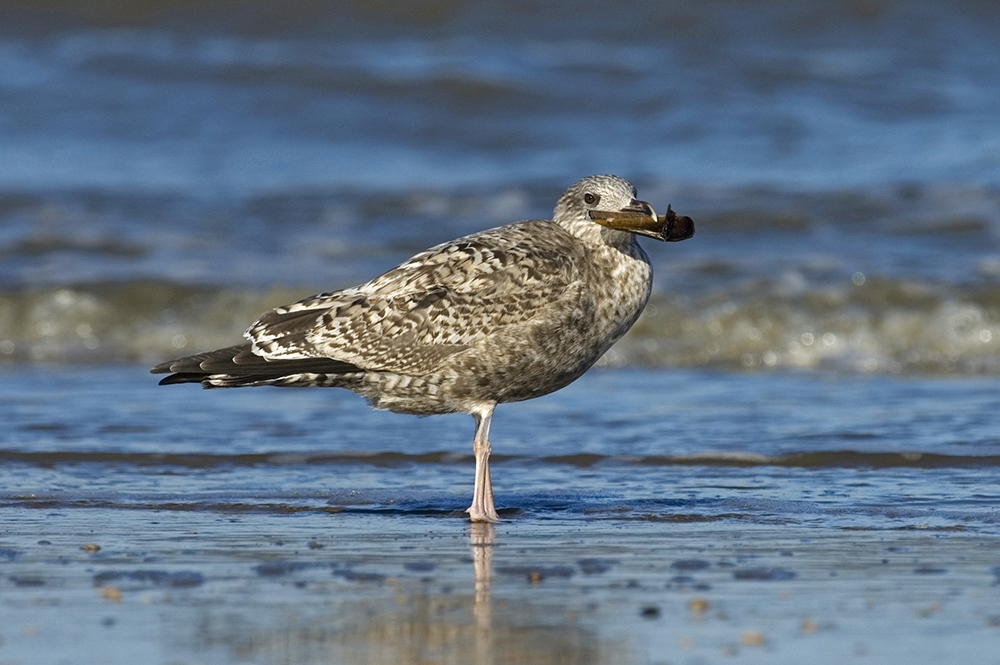
These birds look black at a distance but when seen closer they are very glossy with a sheen of purples and greens. Their flight is fast and direct and they walk and run confidently on the ground. Noisy and gregarious, starlings spend a lot of the year in flocks. Still one of the commonest of garden birds but in winter is joined by huge numbers of migrant birds from much colder climates.
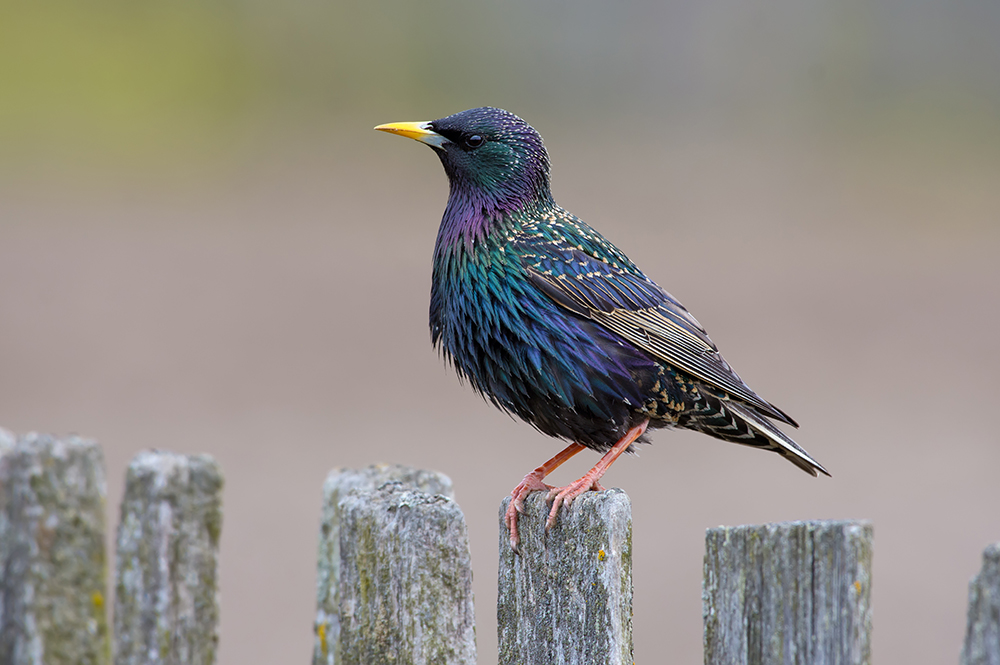
This familiar garden songbird’s numbers are declining at a serious rate, especially on farmland. It is smaller and browner than a mistle thrush with smaller spotting on its breast. Its habit of repeating songs distinguish it from singing blackbirds. It likes to eat snails which it breaks into by smashing them against a stone with a flick of the head.

This is a pale, black-spotted thrush – large, aggressive and powerful. It stands boldly upright and bounds across the ground. While in flight, it has long wings and its tail has whitish edges. It is most likely to be noticed perched high at the top of a tree, singing its fluty song or giving its rattling call in flight.

Jays are the most colourful members of the crow family, but are quite shy woodland birds, rarely moving far from cover. The screaming call usually lets you know a jay is about so watch for a bird flying between the trees with its distinctive flash of white on the rump. Jays are famous for their acorn feeding habits and in the autumn they bury acorns for retrieving later in the winter.

The bigger of the two spotted woodpeckers found in Britain and as big as any of the six or so species found in other parts of Europe. This is a tree woodpecker and drums for territorial advertisement but also has a variety of loud – and piecing – cries. All the birds have a bright scarlet patch on the undertail and pied plumage.

The lesser spotted woodpecker is the smallest, about half the size of the Greater Spotted, and least common of the three woodpeckers that are resident in Britain. The male is distinguished from the female by his bright red crown. It tends to nest and feed higher up and is quieter in its tapping. When feeding it creeps along branches and flutters from branch to branch, flying with an undulating flight in the open.

The green woodpecker or yaffle, named after its call, is the largest of the three woodpeckers that breed in Britain. It has a heavy-looking body, short tail and a strong, long bill. It is greeny-grey on its upper parts with a bright green rump and red on the top of its head. They have an undulating flight and are often seen on the fairways probing for insects with their short stubby bill.

The all-black carrion crow is one of the cleverest, most adaptable of our birds. It is often quite fearless, although it can be wary of man. They are fairly solitary, usually found alone or in pairs. Carrion crows will come to gardens for food and although often cautious initially, they soon learn when it is safe, and will return repeatedly to take advantage of whatever is on offer. They patrol the park looking for a range of food from worms, fruit and, as the name implies, carrion.

This small black crow has a grey neck and pale eyes. It is sociable and usually seen in pairs or larger groups. It is an acrobatic flier and flocks will often chase and tumble together in flight. On the ground it both walks and hops. Large flocks congregate on the common over winter and often feed in the park.

Magpies seem to be jacks of all trades – scavengers, predators and pest-destroyers. Their challenging, almost arrogant attitude has won them few friends. With its noisy chattering, black-and-white plumage and long tail, there is nothing else quite like the magpie in the park. Their plumage seems black but shines with an iridescent quality.

The tawny owl is about the size of a pigeon. It has a rounded body and head, with a ring of dark feathers around its face surrounding the dark eyes. It is mainly reddish brown above and paler underneath. The owls feed on small rodents and large insects as well as frogs and lizards. These birds take up residence as established pairs, probably never leaving their territories. Young birds disperse from breeding grounds in autumn.

Adult male Sparrow Hawks have a slate grey back and white under-parts, closely barred with orange. Females are larger, with brown upper parts, a white stripe over the eye and dark barring underneath. They eat a variety of birds, generally catching them on the wing. The sparrow hawk’s broad, rounded wings and long tail are adapted for flying between trunks and branches enabling them to weave in and out of trees at high speed. They never hover over their prey, unlike kestrels.

A familiar sight with its pointed wings and long tail, the Kestrel hovers over the rough areas and verges of the park. Kestrels have been recently declining as a result of habitat degradation but here they are nesting in our large oaks and are doing well. They have adapted readily to a man-made environments and can survive right in the centre of cities. They eat small mammals, hovering over them and then stooping and pinning the prey to the ground.

The male Blackbird lives up to its name but, confusingly, females are brown often with spots and streaks on their breasts. The bright orange-yellow beak and eye-ring make adult male blackbirds one of the most striking garden birds. You can spot them easily in the park, very often near houses where they are popular garden visitors. They eat a range of food including insects, worms and berries.

The orange breast makes the Robin easy to spot, although the female is duller than her male counterpart with a less red breast, designed to camouflage her as she incubates the eggs and needs to blend in. The male rears the young. They are very territorial and will often be seen scrapping, although this is confined to the males. Robins are found everywhere in the park and eat a wide variety of food.

This very common bird nests in a variety of places usually in a hole or crevice. They eat a wide range of food but in spring their main source is the oak leaf roller moth caterpillars which infest the oaks, eating the young leaves. This small bird eats, along with its young, thousands of the caterpillars each year.

Another of our common birds, the Great Tit is seen all round the park. It nests in a variety of places usually in a hole or crevice. In spring their main source is the oak leaf roller moth caterpillars which infest the oaks eating the young leaves. This small bird eats, and feeds its young, thousands of the caterpillars each year. Very common on your bird feeder.

Not as colourful as some of its relatives, the coal tit has a distinctive grey back, black cap, and white patch at the back of its neck. Its smaller, more slender bill than blue or great tits means it can feed more successfully in conifers. A regular visitor to most peanut feeders, they will take and store food for eating later. In winter they join with other tits to form flocks which roam throughout the park in the woodlands and local gardens in search of food.

The long-tailed tit is easily recognisable with its distinctive colouring, a tail that is bigger than its body, and undulating flight. Gregarious and noisy residents, long-tailed tits are most usually noticed in small, excitable flocks of about 20 birds. Like most tits, they rove the woods and hedgerows across the park often flocking on to one tree or bush hunting for insects.

This delightful small, long-tailed and rather sprightly black and white bird is often seen on the fairways hunting insects. When not standing and frantically wagging its tail up and down it can be seen dashing about all over the park in search of food.

The UK’s largest and commonest pigeon, it is largely grey with a white neck patch and white wing patches, clearly visible in flight. Its cooing call is a familiar sound in woodlands as is the loud clatter of its wings when it flies away. It is often seen in large numbers on the fairways and woodland edges where it eats shoots, seeds, nuts and berries.

The Ring-necked Parakeet has pale green plumage and a bright rosehip red bill. There is a small black ring around the neck. These Parakeets have a long tail, obvious in flight, and a loud squawking call that is bound to attract attention. They were introduced by man from Africa in the 1970’s and have been breeding here ever since. They nest in holes and are quite aggressive towards other birds particularly in winter when food is scarce.

The nuthatch is a plump bird about the size of a great tit that resembles a small woodpecker. It is blue-grey above and whitish below, with chestnut on its sides and under its tail. It has a black stripe on its head, a long black pointed bill, and short legs. As the name implies, it feeds mainly on nuts and seeds with the occasional insect. Often seen on the trees of the park running up and down the trunks.

The treecreeper is small, very active, bird that lives in trees where it hunts its insect food. It is often seen climbing up the trunks of trees probing with its long, slender, downcurved bill for food. It is speckly brown above and mainly white below. They have a very stable population generally staying close to where they were born. Often mixing with other small birds in winter.

The wren is a tiny brown bird, smaller than the Robin or Blue Tit. It is dumpy, almost rounded, with a fine bill, quite long legs and toes, very short round wings and a short, narrow tail which is sometimes cocked up vertically. For such a small bird it has a remarkably loud voice. It is the commonest UK breeding bird, although it suffers declines during prolonged, severely cold winters. It feeds on a range of food including insects and seeds.

The chaffinch is the UK’s second commonest breeding bird. Its patterned plumage helps it to blend in when feeding on the ground and it becomes most obvious when it flies, revealing a flash of white on the wings and white outer tail feathers. It does not feed openly it prefers to hop about under the bird table or under the hedge feeding on insects and seeds. You’ll usually hear chaffinches before you see them, with their loud song and varied calls.

A common countryside bird found in woods and hedges, but mostly found close to man. It feeds on seeds and insects. It is easily recognised by its colour. The male is far brighter in colour especially during the spring breeding season.

The male is unmistakable with his bright pinkish-red breast and cheeks, grey back, black cap and tail, and bright white rump. The flash of the rump in flight and the sad call note are usually the first signs of bullfinches being present. They feed voraciously of the buds of various trees in spring and were once a pest of fruit crops. Rarely seen these days but occasionally on the edges of the park where flowering hedges have grown up.

The swift is a superb flier. It evens sleeps on the wing! It is plain sooty brown, but in flight against the sky it appears black. It has long, scythe-like wings and a short, forked tail. It is a summer visitor, breeding across the south of England and over-winters in Africa. It makes a short screech when flying and is often heard before being seen. Common over the Park in the early evening.

Swallows are small birds with dark glossy blue backs, red throats, pale under parts and long distinctive tail streamers. They are extremely agile in flight and spend most of their time on the wing. They breed in Wimbledon but spend their winters on the West coast of Africa.

The iconic call of this bird heralds spring; it is often heard and not seen as it does not want to be seen when laying eggs in other birds’ nests. The cuckoo is about the size of a pigeon or dove with blue grey upper parts, head and chest with dark barred white under parts. With their colouring and shape they can be confused with kestrels or sparrowhawks. They are summer visitors coming from Africa and are now getting rarer.

The redwing is most commonly encountered as a winter bird and is the UK’s smallest true thrush. Its creamy strip above the eye and orange-red flank patches make it distinctive. They roam across the UK’s countryside, feeding in fields and hedgerows, rarely visiting gardens. There are generally. Found on the edges of the fairways and often with other birds such as field fares and thrushes.

Herring gulls are large, noisy gulls found throughout the year around our coasts and inland around rubbish tips, fields, large reservoirs and lakes, especially during winter when they gather in large numbers. They are scavengers eating just about anything they can lay their beaks on.

These birds look black at a distance but when seen closer they are very glossy with a sheen of purples and greens. Their flight is fast and direct and they walk and run confidently on the ground. Noisy and gregarious, starlings spend a lot of the year in flocks. Still one of the commonest of garden birds but in winter is joined by huge numbers of migrant birds from much colder climates.



